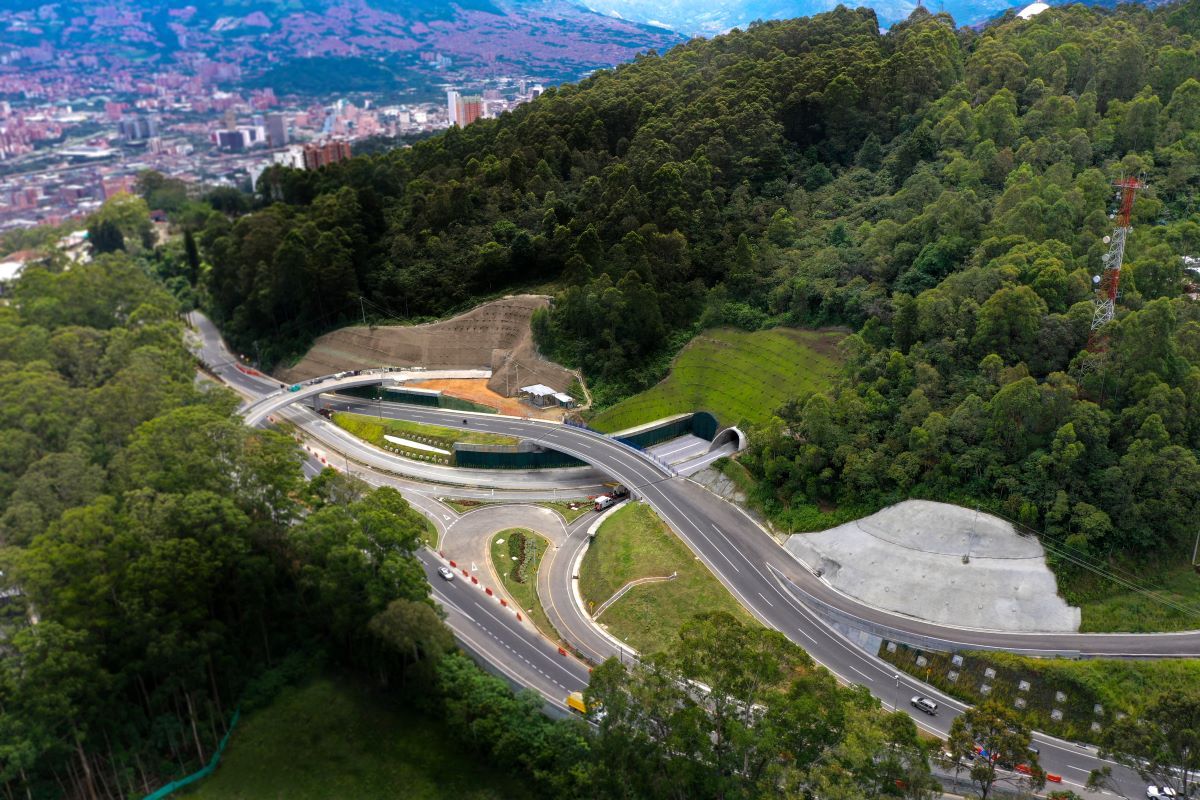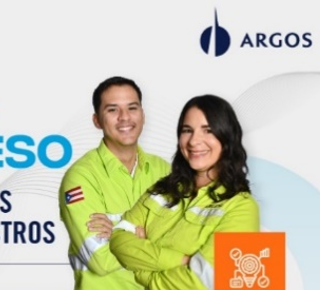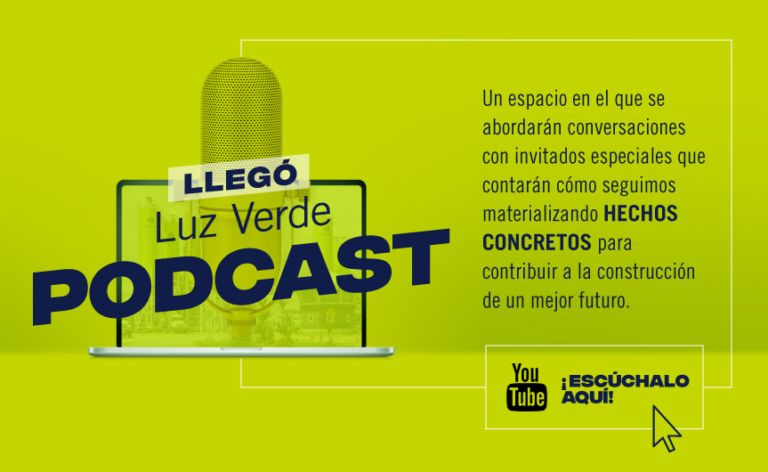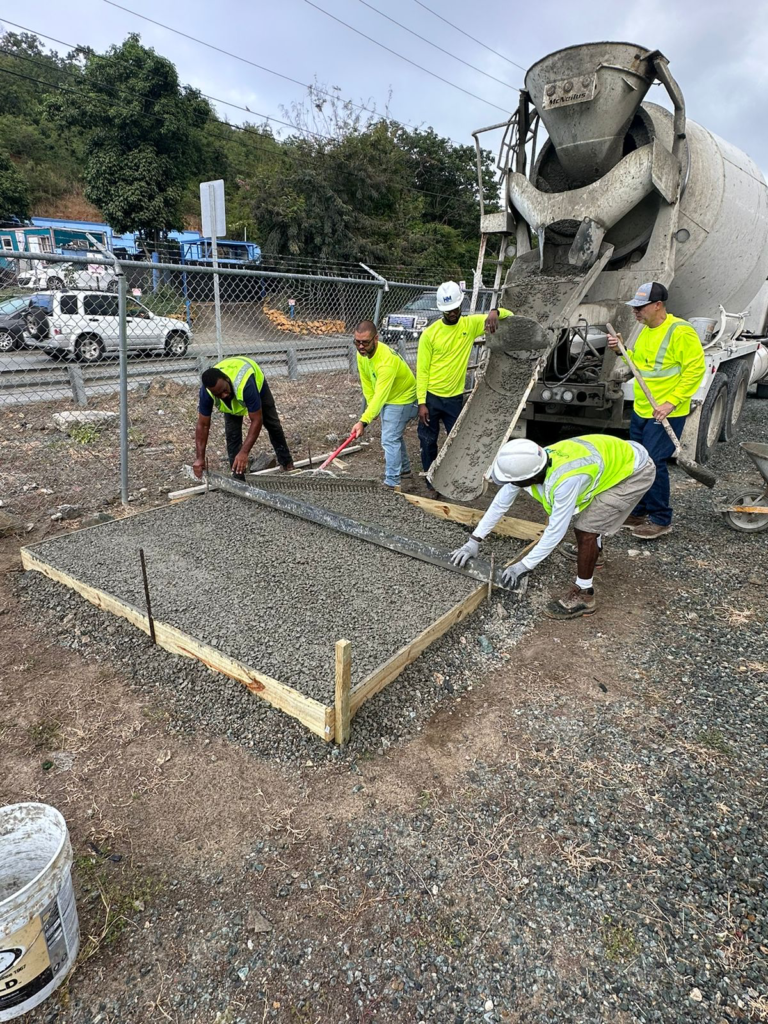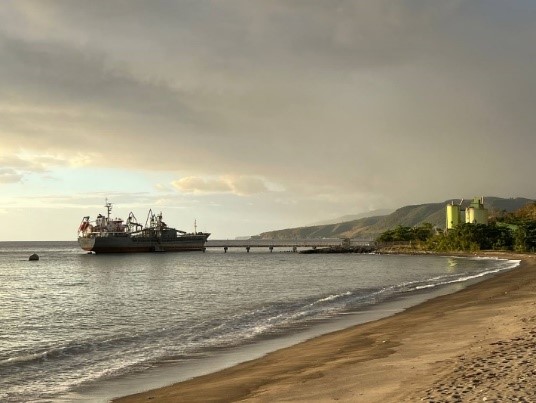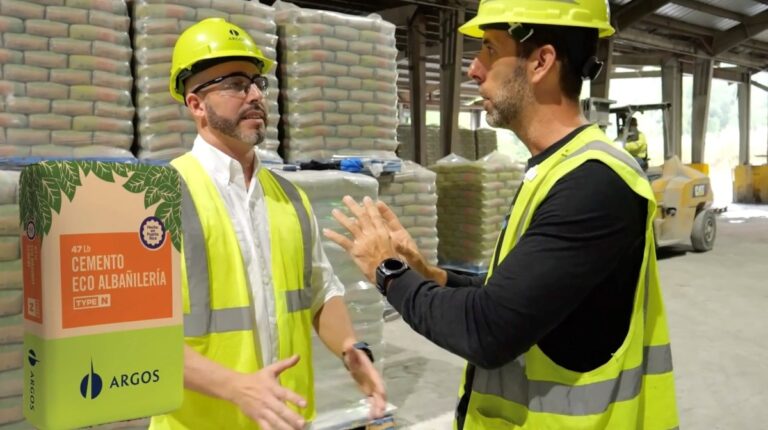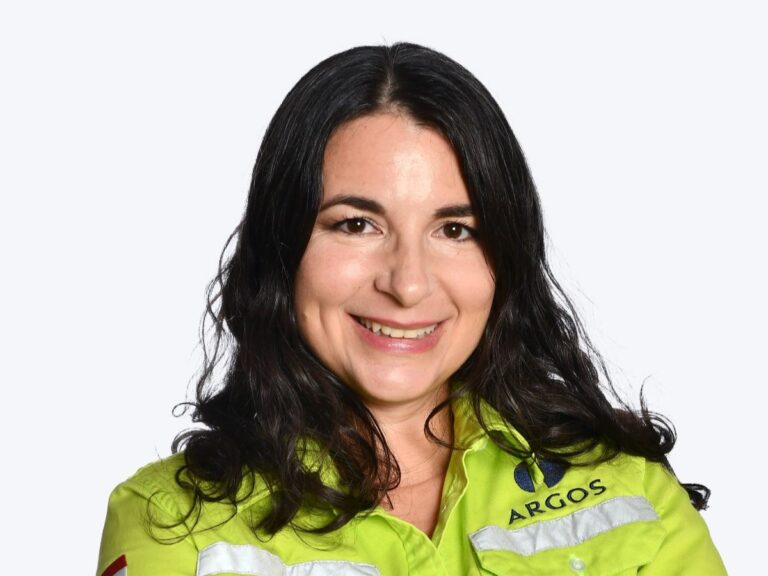Innovative solutions for building sustainable communities
Imagine a catalog of environmentally friendly building materials that facilitate the construction of sustainable infrastructures and cities – that is our green solutions portfolio! It contains a variety of products, solutions, and services that contribute to the reduction of greenhouse gas emissions, circular economy, reduction of the use of non-renewable resources in the manufacturing and construction stages, as well as improving the recirculation of water resources and extending the useful life of infrastructures.
Why do we have a green solutions portfolio?
As part of the eleventh Sustainable Development Goal (Sustainable Cities and Communities), in 2020 we consolidated our product portfolio, solutions, and services to continue positioning ourselves as strategic allies of our clients in designing and constructing environmentally friendly projects.
Low-carbon cements
As cement production represents around 7% of the global CO2 emissions, we must have products that enable us to guarantee the sustainability of our portfolio.
This originates from two of our low-carbon cements: general-purpose and Structural Max. But what makes it sustainable? The reduction of clinker content in its production is because instead of using a large amount of clinker, we use cementitious materials such as artificial pozzolans, slag, and ash, the latter coming from the steel and thermoelectric industries, respectively. We also use alternative fuels in our kilns by co-processing shredded tires, wood fibers, and non-recyclable plastics, among others.
In terms of its functions, the general-purpose version is used in the production of mortars for small projects, such as flooring, repairs, and domestic remodeling. The Structural Max offers greater efficiency and a high resistance level, making it ideal for producing concrete and mortars in concrete plants and mixing plants.
And how low-carbon are these cements? General-purpose cement produces about 35% less emissions than conventional cement, while Structural Max, has managed to reduce carbon emissions by more than 13%.
One example is our Rioclaro Plant, which supplies cement to Caldas and Choco, departments from Antioquia. In this way, we achieve the development of works in these regions with low-carbon cements.
Additionally, we have a wide variety of low-carbon cements outside Colombia:
In the United States, we produce Eco Strong, a high-quality blended hydraulic cement used in sustainable construction practices that can reduce CO2 emissions by up to 9%, and UHPC, which is composed of a series of cementitious materials and fibers that gives an outstanding mechanical and durability properties, resulting in lower material consumption and demonstrating its sustainable value.
In Honduras, we produce Eco Multiproposito Cement, a product with a high contribution to the durability of construction sites and the industry’s sustainability. This cement reduces CO2 emissions by more than 35% compared to other cements in the industry.
In Panama, we also contribute to the reduction of CO2 emissions with UG-type gray cement, which is used to manufacture mortars, grouts, and concretes. This cement also achieves reductions of over 35% in CO2 emissions.
In Puerto Rico we have Eco Albañilería cement, a product designed for the comfort of our masons due to its easy application. In addition, it is an environmentally friendly cement since its manufacture reduces the use of clinker. It participates in the worldwide plan to reduce CO2 emissions.

Projects such as River Terrace, River, View, Rivera Parkiew, Los Lagos, among others in Puerto Rico, have the Green Light seal when using our product.
In Suriname, during 2023, we launched Masonry Cement, the first product with sustainability characteristics in the market, which has 40% less clinker.
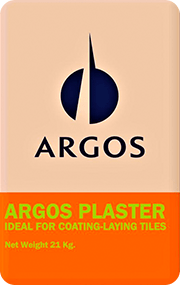
We also found Stabical, a product focused on soil and road stabilization, which reduces foundation costs through the reuse of existing materials on job sites.
In St. Thomas – Antilles, the supply of Slag Cement to the local concrete producer has enabled them to deliver a mix with better long-term performance attributes, reducing the environmental footprint of concrete while ensuring better performance and durability.
A successful case of application of this product is the local Cyril E. King airport parking lot project.
Low-carbon concrete
Our concretes achieve a CO2 reduction of up to 20% compared to the traditional options. In addition, we recycle it and have the potential to be reclaimed and used as recyclable aggregates. This makes it an ideal candidate for reincorporation into mixes or other applications.
We have our multipurpose concretes, which have been used in different projects certified by LEED and Casa Colombia. These ensure lower CO2 emissions in infrastructure.
For example, the new headquarters of the National School of Public Health of the Universidad de Antioquia in Medellín is being built with our low-carbon concrete, a sustainable infrastructure with 25 classrooms, 400 square meters of laboratories, offices with 133 workstations, a meeting room, and a main plaza!
Products, solutions and services aimed at Conscious Construction
We also offer different products, services and solutions that complement our sustainability portfolio:
- Advanced and high-strength concretes are of high quality and have a longer service life, which translates into two important benefits: it reduces material consumption during construction and does not require constant upgrades or fixes. In addition, it is made of recycled materials that can be reused in the future. All these factors facilitate savings in natural and economic resources.
These concretes have been used to build projects such as the Gilberto Echeverri Bridge and the pedestrian bridge at Eafit University, both in Medellín and the Tunnel de Oriente viaducts in Antioquia. In other parts of the country, it has been used in projects such as the Sun Route and Cocoa Route national corridors.
- Permeable concrete: it can capture rainwater, recirculate it, store it and reuse it. In this way, it favors urban development without saturating the sewage system. Each square meter built with this cement can capture up to 300 milliliters of water per minute. Where have we used it? In places such as the parking lots of the Universidad Eafit and the motorcycle parking lot of the Flying Campus of the Universidad Nacional in Medellín, Colombia.
- Colored concrete: 100% recyclable and comes in diverse colors. This reduces the need for paints, plasters and other additives.
- Green sacks: we collect, free of charge, the cement sacks used by our customers on their construction sites and then recycle it for reuse as raw material in other industries or as alternative fuel in our kilns. At the end of December 2023, we collected more than 654 tons of cement sacks! Imagine this: if a white rhino weighs an average of 3 tons, at Argos we have collected the equivalent of 218 rhinos, the second heaviest land animal in the world.
- Road solutions: This technology facilitates the creation of pavement structures that optimize the distribution of traffic loads. Furthermore, by relying on the use of local soils, this cement-based technique reduces the exploitation of new deposits and contributes to a more efficient use of non-renewable natural resources. In addition, this solution has made it possible to boost the rural economy, reduce transportation costs, and facilitate access to health services for the population.
- Modular solutions: prefabricated housing structures that maximize the cost-effectiveness and efficiency of buildings, while reducing waste and costs. It also expands access to housing and contributes to closing equity gaps.
- Durable concrete: in the Dominican Republic we deliver extraordinary solutions and are allies in improving the living conditions and quality of life of millions of people.
In 2023, we worked on the project to expand the Eastern Aqueduct Barrera Salinity Barrier and Transfer to Santo Domingo North, and thanks to durable concrete technologies, we were able to mitigate the alkali-aggregate reaction, which allows the durability of the structure that will be subjected to chemical attacks. Finally, it should be noted that more than 90% of this project was executed using recirculated water.
Climate change is a challenge that at Argos we have taken on with commitment and we continue to demonstrate it with concrete actions.
The Green Solutions Portfolio is the value proposition to reduce our environmental impact while providing our customers with high-quality products, solutions and services that allow us to continue enabling the construction of a more sustainable society.


